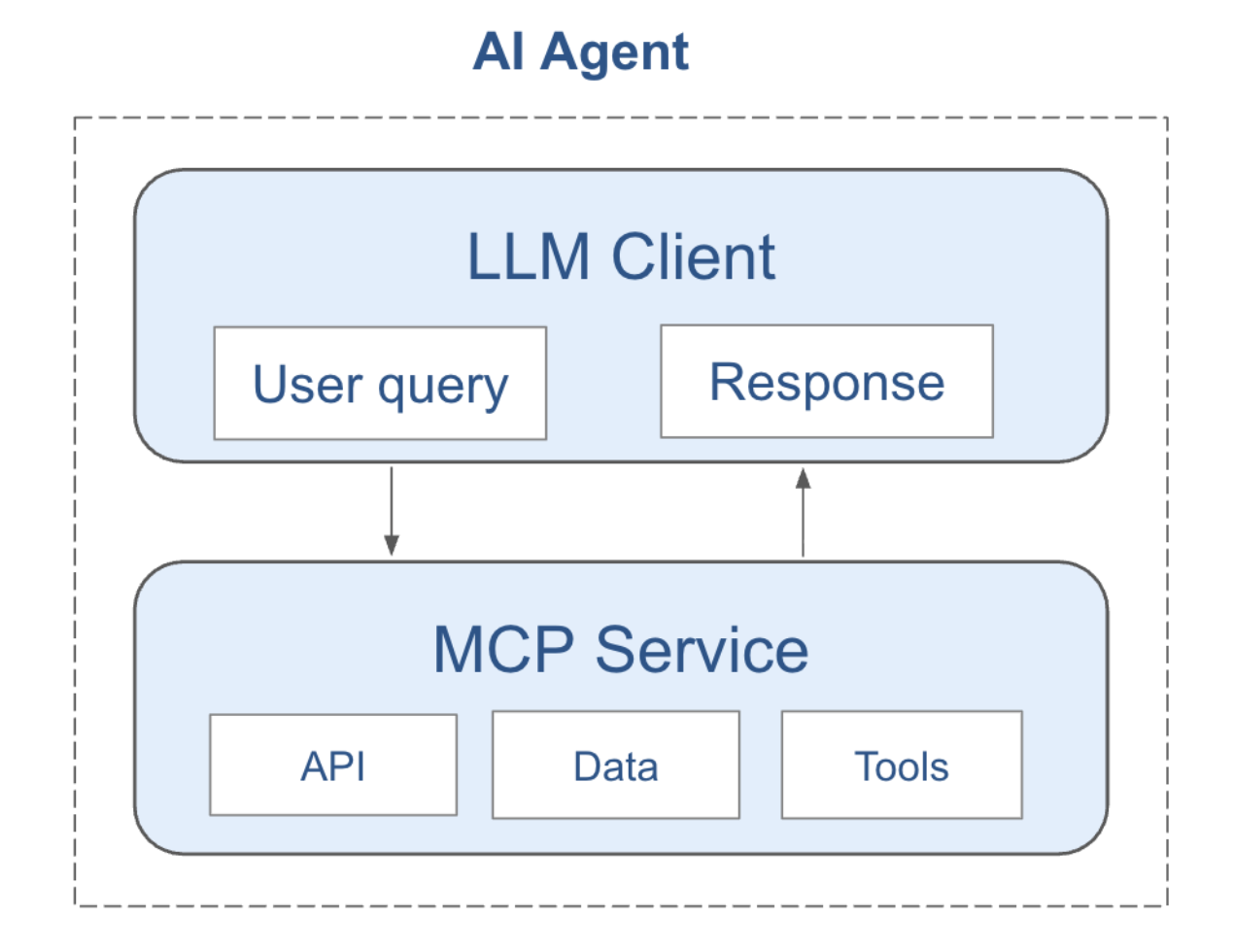
October 15, 2023
October 15, 2023
Sea Change: Why the Climate Now Runs on “Ocean Time” instead of Solar Time

One of the clearest signs of global warming has been the earlier arrival of spring and later arrival of fall throughout most of the northern hemisphere. Here on Cape Cod, to cite just one example, a local harbormaster had to keep the oyster beds closed to harvesting until November because the water was too warm.
This inexorable shift in the annual cycle of the seasons has led me to the concept of “Ocean Time” as a pacemaker for the climate system, rather than traditional solar time. As a practical matter, evolving ocean temperature patterns now dictate the changing of the seasons regardless of what the calendar says. And because the ocean has such a powerful influence on all natural systems, warmer ocean waters don’t just affect fisheries. Longer summer growing seasons and shorter, less intense winters also impact agriculture and energy demand, along with many other aspects of climate change.
A Sea Change in Climatology
The implications of the shift to “Ocean Time” are clear. We know that the oceans cover more than 70% of the Earth’s surface and have more than 1,000 times the heat capacity of the atmosphere and 100,000 times as much water (Schmitt, 2018). Moreover, we know that the dark blue oceans have absorbed about 93% of the heat of global warming (Rhein, et al, 2013), delaying the warming of the thin transparent atmosphere.
It has also been shown that the main way the ocean drives the atmosphere is through the release of latent heat energy by evaporation of water vapor from the ocean’s surface (Schmitt, 2018). In short, it is obvious that the main flow of solar energy into our climate system is solar heating of the ocean, which then supplies latent, sensible, and radiational heating of the atmosphere.
All of which explains why calendar-based climatology is no longer adequate for planning the timing of agricultural planting or fertilizer application, assessing weather-based risks to infrastructure, or forecasting energy demand and the renewable resources of solar and wind. The ocean is just a massive heat sink, absorbing solar energy and modulating the transfer of energy to the atmosphere, mainly as the latent heat of water vapor (Schmitt 2018). It is the climate system’s main energy storage vessel. The ocean is the dog wagging the atmospheric tail, not the tail wagging the dog as some meteorologists believe.
The Industry Needs New Forecasting Models
Traditional models simply don’t account for the impact of warming ocean waters on weather forecasts for sub-seasonal to seasonal time scales. Here at Salient Predictions, we are using our new insights into the ocean’s role in the climate system along with new sources of ocean data, combined with machine learning, to address this glaring need.
Salient has done a great deal of in-depth testing of the neural-network machine learning models we used to win the Climate Forecast Rodeo in precipitation forecasting — and our subsequent evolution into an operational, scaleable forecast engine serving the agriculture, energy, and insurance industries.
One result that emerged from our many experiments was that the day of the year made little difference to the accuracy of the forecasts. That is, we could remove time of year from the input parameters and just rely on sea surface temperature (SST). That resulted in forecasts that were equal to or better than those that included the time of year.
This was surprising. One could rationalize it, however, by saying the SST patterns should certainly be dominated by the seasonal cycle. But this is where I will argue that a more subtle aspect of the climate system may be at work: The ocean is the key intermediary in absorbing and releasing the solar energy that drives the atmosphere. This dynamic must be accounted for in forecasting models.
Really, we should not be surprised that weather is more directly influenced by oceanic temperature patterns than by the sun’s position as indicated by the calendar. The surprise is that the world hasn’t yet adjusted its forecasting models from solar time to ocean time.
References:
Rhein, M. et al. in Climate Change 2013: The Physical Science Basis (eds Stocker, T. F. et al.) 255–316 (Cambridge Univ. Press, 2013).
Schmitt, R.W., 2018. The ocean’s role in climate. Oceanography, 31(2), pp.32-40.
October 15, 2023
October 15, 2023
Sea Change: Why the Climate Now Runs on “Ocean Time” instead of Solar Time

One of the clearest signs of global warming has been the earlier arrival of spring and later arrival of fall throughout most of the northern hemisphere. Here on Cape Cod, to cite just one example, a local harbormaster had to keep the oyster beds closed to harvesting until November because the water was too warm.
This inexorable shift in the annual cycle of the seasons has led me to the concept of “Ocean Time” as a pacemaker for the climate system, rather than traditional solar time. As a practical matter, evolving ocean temperature patterns now dictate the changing of the seasons regardless of what the calendar says. And because the ocean has such a powerful influence on all natural systems, warmer ocean waters don’t just affect fisheries. Longer summer growing seasons and shorter, less intense winters also impact agriculture and energy demand, along with many other aspects of climate change.
A Sea Change in Climatology
The implications of the shift to “Ocean Time” are clear. We know that the oceans cover more than 70% of the Earth’s surface and have more than 1,000 times the heat capacity of the atmosphere and 100,000 times as much water (Schmitt, 2018). Moreover, we know that the dark blue oceans have absorbed about 93% of the heat of global warming (Rhein, et al, 2013), delaying the warming of the thin transparent atmosphere.
It has also been shown that the main way the ocean drives the atmosphere is through the release of latent heat energy by evaporation of water vapor from the ocean’s surface (Schmitt, 2018). In short, it is obvious that the main flow of solar energy into our climate system is solar heating of the ocean, which then supplies latent, sensible, and radiational heating of the atmosphere.
All of which explains why calendar-based climatology is no longer adequate for planning the timing of agricultural planting or fertilizer application, assessing weather-based risks to infrastructure, or forecasting energy demand and the renewable resources of solar and wind. The ocean is just a massive heat sink, absorbing solar energy and modulating the transfer of energy to the atmosphere, mainly as the latent heat of water vapor (Schmitt 2018). It is the climate system’s main energy storage vessel. The ocean is the dog wagging the atmospheric tail, not the tail wagging the dog as some meteorologists believe.
The Industry Needs New Forecasting Models
Traditional models simply don’t account for the impact of warming ocean waters on weather forecasts for sub-seasonal to seasonal time scales. Here at Salient Predictions, we are using our new insights into the ocean’s role in the climate system along with new sources of ocean data, combined with machine learning, to address this glaring need.
Salient has done a great deal of in-depth testing of the neural-network machine learning models we used to win the Climate Forecast Rodeo in precipitation forecasting — and our subsequent evolution into an operational, scaleable forecast engine serving the agriculture, energy, and insurance industries.
One result that emerged from our many experiments was that the day of the year made little difference to the accuracy of the forecasts. That is, we could remove time of year from the input parameters and just rely on sea surface temperature (SST). That resulted in forecasts that were equal to or better than those that included the time of year.
This was surprising. One could rationalize it, however, by saying the SST patterns should certainly be dominated by the seasonal cycle. But this is where I will argue that a more subtle aspect of the climate system may be at work: The ocean is the key intermediary in absorbing and releasing the solar energy that drives the atmosphere. This dynamic must be accounted for in forecasting models.
Really, we should not be surprised that weather is more directly influenced by oceanic temperature patterns than by the sun’s position as indicated by the calendar. The surprise is that the world hasn’t yet adjusted its forecasting models from solar time to ocean time.
References:
Rhein, M. et al. in Climate Change 2013: The Physical Science Basis (eds Stocker, T. F. et al.) 255–316 (Cambridge Univ. Press, 2013).
Schmitt, R.W., 2018. The ocean’s role in climate. Oceanography, 31(2), pp.32-40.
About Salient
Salient combines ocean and land-surface data with machine learning and climate expertise to deliver accurate and reliable subseasonal-to-seasonal weather forecasts and industry insights—two to 52 weeks in advance. Bringing together leading experts in physical oceanography, climatology and the global water cycle, machine learning, and AI, Salient helps enterprise clients improve resiliency, increase preparedness, and make better decisions in the face of a rapidly changing climate. Learn more at www.salientpredictions.com and follow on LinkedIn and X.



